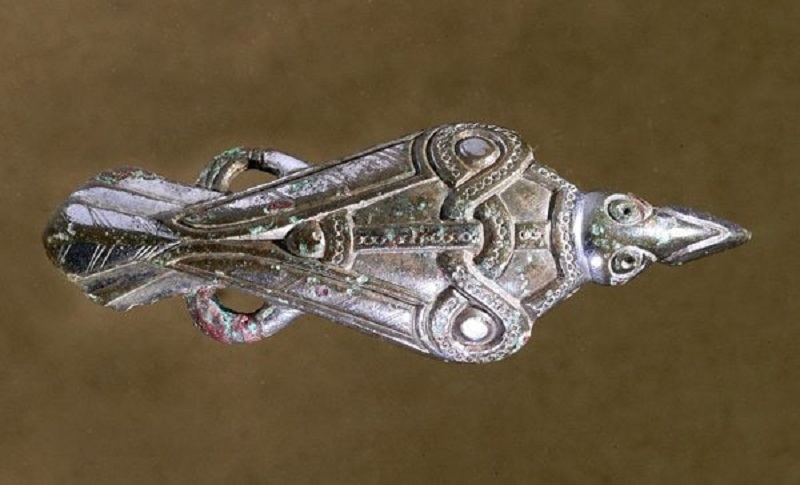The Temple of Athena Nike is a temple on the Acropolis of Athens, dedicated to the goddesses Athena and Nike. Built around 420 BC, the temple is the earliest fully Ionic temple on the Acropolis. It has a prominent position on a steep bastion at the south west corner of the Acropolis to the right of the entrance, the Propylaea. In contrast to the Acropolis proper, a walled sanctuary entered through the Propylaea, the Victory Sanctuary was open, entered from the Propylaea""s southwest wing and from a narrow stair on the north. The sheer walls of its bastion were protected on the north, west, and south by the Nike Parapet, named for its frieze of Nikai celebrating victory and sacrificing to their patroness, Athena and Nike.
Exploring the Magnificence of Ephesus and the Library of Celsus
Nestled in the heart of modern-day Turkey, the ancient city of Ephesus stands as a testament to the grandeur of classical civilization. Among its many architectural marvels, the Library of Celsus reigns supreme, a symbol of intellectual enlightenment and cultural sophistication. In this blog post, we embark on a journey to uncover the rich history and enduring legacy of Ephesus and its iconic library, delving into its construction, significance, and lasting impact on the world of antiquity.

The Library of Celsus: A Beacon of Knowledge and Learning
Constructed in the 2nd century AD, the Library of Celsus was a testament to the intellectual vibrancy of ancient Ephesus. Named after the Roman senator Tiberius Julius Celsus Polemaeanus, who funded its construction, the library housed thousands of scrolls and manuscripts, making it one of the largest repositories of knowledge in the ancient world. Its imposing facade, adorned with intricate carvings and statues, stood as a beacon of learning and scholarship, drawing scholars and intellectuals from far and wide to study its vast collection of texts.
Architectural Splendor: Unraveling the Design of the Library
The Library of Celsus was renowned not only for its vast collection of scrolls but also for its architectural splendor. Designed in the Roman architectural style, the library featured a grand facade adorned with elaborate columns, statues, and reliefs, creating a sense of grandeur and majesty befitting its status as a center of learning. The interior boasted a series of reading rooms and study spaces, where scholars could immerse themselves in the pursuit of knowledge amidst an atmosphere of quiet contemplation and scholarly discourse.
Cultural Significance: Preserving the Legacy of Ephesus
The Library of Celsus was more than just a repository of books; it was a symbol of the cultural and intellectual achievements of ancient Ephesus. As one of the largest and most prestigious libraries of its time, it played a vital role in preserving and disseminating knowledge across the ancient world. Scholars and philosophers flocked to Ephesus to study in its hallowed halls, contributing to the advancement of learning and scholarship in fields ranging from philosophy and science to literature and the arts.
Conclusion: Reflecting on the Timeless Legacy of Ephesus
As we marvel at the ruins of the Library of Celsus in Ephesus, we are reminded of the enduring legacy of this ancient city and its contribution to the world of antiquity. Though centuries have passed since its heyday, Ephesus continues to captivate and inspire visitors from around the globe, offering a glimpse into the rich tapestry of human history and culture. As we reflect on the cultural significance of Ephesus and its iconic library, we are reminded of the timeless allure of knowledge and learning, which transcends the boundaries of time and space to enrich our lives and broaden our horizons.










